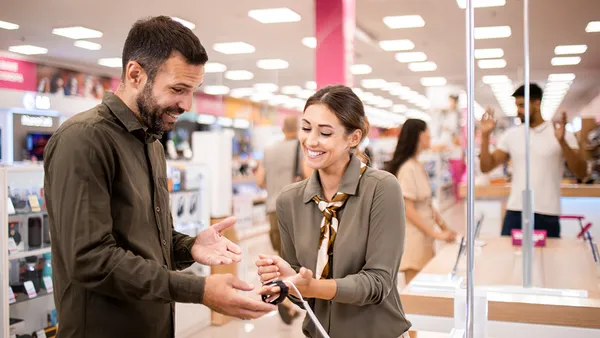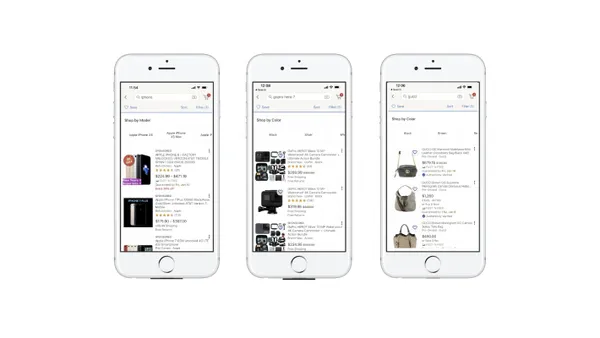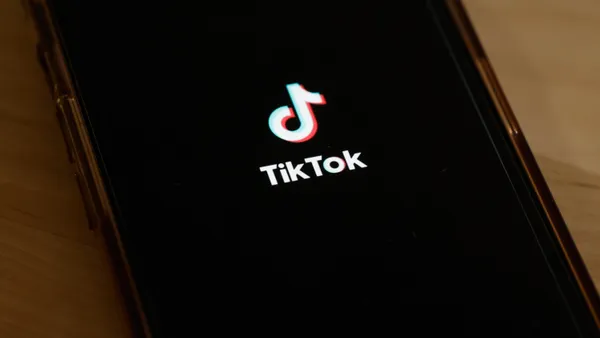Brief:
- Mobile commerce sales grew 29% to $153 billion in 2017 from the prior year, making up one-third of online retail revenue, Forrester Research found in a study shared with Mobile Marketer. It estimates that the rate will gradually slow as the market matures, growing by 13% a year to make up half of U.S. online retail sales growth by 2022. More than two-thirds of today's online buyers are already mobile buyers, leaving less room for growth, the researcher said.
- About half of online adults in the country shopped on their phone at least once in 2017. Forrester forecasts the U.S. will add 53 million smartphone shoppers in the next five years to make up 82% of online shoppers buying through a mobile device. The next wave of buyers consists of late adopters of mobile shopping technology.
- Retail sales made on tablets continue to lose momentum, with 6% annual growth projected between 2017 and 2022, outpaced by smartphone retail sales growth of 16%.
Insight:
Forrester's forecast for the mobile commerce market indicates that healthy growth in the space will persist for the next few years, although it will show signs of maturing as the remaining late adopters try browsing and buying on their smartphones and tablets. The researcher points out that 91 million shoppers made their first mobile purchase between 2012 and 2017, but less than half that (53 million) will use a smartphone or tablet for shopping for the first time as the market becomes saturated in the next five years.
Waning growth signals that brands and online merchants will have to ramp up efforts to establish loyalty among existing customers, as fewer new mobile shoppers will enter the space. Adding new shoppers won't be as easy as simply promoting a basic mobile app in Apple's App Store or Google Play. Apps and webpages will need to become stickier for consumers with more enticing rewards, discounts and capabilities that keep people coming back to a mobile shopping site to browse and make purchases. Seamless and secure checkout processes play a major role in driving this adoption, as many consumers become frustrated with checkouts that take too much time or are not optimized for mobile devices' smaller screens, leading to abandoned carts and millions of dollars of missed sales opportunities. Digital wallets like Apple Pay give shoppers easier access to stored payment information for friction-free mobile purchases.
Mobile shopping still lags behind desktop platforms for big-ticket items, Forrester found. The average order value on desktops is $155 while mobile's is $120. Smartphone order value is gradually rising at 4% a year, slightly faster than desktop's growth of 3%. That difference indicates that shoppers are using their mobile devices to research and browse for big-ticket items, but are more comfortable making purchases for things like designer goods or pricey electronics on a desktop. To overcome that difference, mobile marketers will have to work on ways to break down consumer objections to buying big-ticket items — or just making more frequent purchases overall — through smartphones or tablets.














